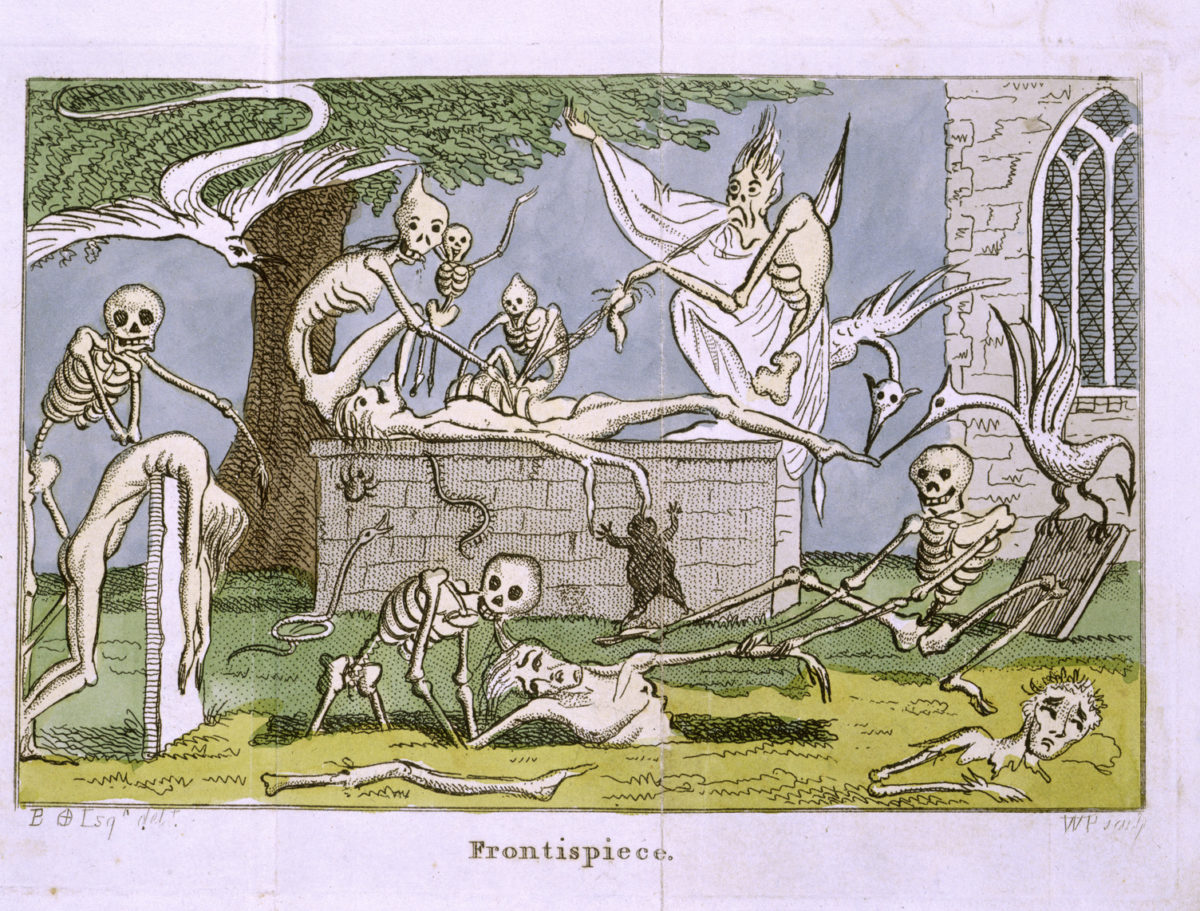
Hey, everyone! I invite you to check out the latest library science-y meets morbid curiosity monument in my ever-expanding empire. The Death Reference Desk is a project I am thrilled to be part of with another librarian, Kim Anderson based in Portland, Oregon, and John Erik Troyer, a professor of death and dying studies in Bath, UK.

What the heck’s a Death Reference Desk? It’s a blog meets library without, well, books or subscription resources or any money at all, really, but we do have librarians! Two of ’em! Plus one embattled professor obsessed with hyperstimulated corpses and the mechanization of death. It is a match made only on and through the power of the internet.
What do we do? We scour the net and brick-n-mortar libraries for the best academic and general interest resources on death and dying topics, including current events with our ever-charming commentary. We also answer your death-related questions because we’re librarians and we’re awesome like that.
I built the site in WordPress and have been having a blast tracking and wrestling to the dust interesting and entertaining death content. Have a look around, subscribe, follow us on twitter, be amazed and so on and so forth. 🙂
Gabe
July 3, 2009 at 10:39 pmNDE is an interesting topic perhaps? http://en.wikipedia.org/wiki/Near_death_experience
megh
July 4, 2009 at 9:07 amIt is, and it’s within our mandate. Hard to say if/when we’ll get around to making a research guide for it, though. Death is HUGE. We so need a grant or some other money grab, ’cause let me tell ya, this eats time like ya wouldn’t believe.
prollymolly
July 5, 2009 at 8:44 amWhere did you come across the skeleton, on it’s knees, in front of the reference desk pray tell? Mehthinks it’s a bit late for him to be seeking your services!
megh
July 5, 2009 at 10:09 amExcellent question, and one I need to make note of on DeathRef. The oh so perfect skelly is found on a Historical Anatomies of the Web site run by the National Library of Medicine. It comes from Jacques Gamelin’s “Nouveau receuil d’ostéologie et de myologie dessiné après nature,” published in 1779. The engravings were done by “Lavalée.”
Actual image here
Referring thumbnail page here
Bibliographic info here
And prollymolly, it’s *never* too late! NEVER STOP LEARNING! 🙂